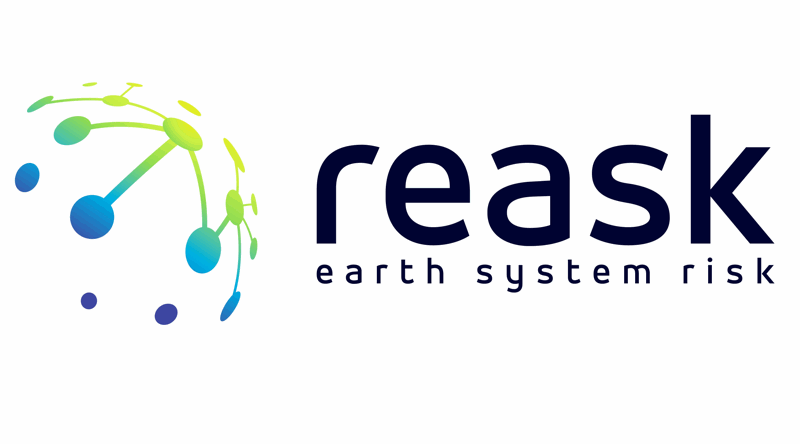Reask introduces global tropical cyclone alert service for insurers
- July 30, 2025
- Posted by: Taylor Mixides
- Category: Insurance

Reask, a provider of tropical cyclone risk intelligence, has launched a new global alert service aimed at helping insurers and catastrophe modellers track storms before they make landfall.
The service uses high-resolution windfield forecasting to give early regional insights into developing tropical systems.
Unlike standard agency forecasts, which typically focus on public safety and provide only a single projected path and a basic uncertainty cone, Reask’s alerts are designed with exposure analysis in mind.
The system overlays official tracks with Reask’s proprietary windfield data at a 1 km resolution, allowing users to view storm development in more detail and in the specific regions they care about.
According to Thomas Loridan, Chief Science Officer at Reask, the increasing unpredictability of severe weather events has made traditional forecast tools less adequate for insurance-related decisions.
“As climate volatility rises, relying on pre-computed data and single-track forecasts just isn’t enough to protect portfolios. Our pre-landfall forecast data is generated on the fly, grounded in physics and built specifically for exposure modelling — it’s a more reliable way to see what’s coming and act early.”
The alert system runs on Reask’s LiveCyc model, a probabilistic engine that generates storm data in real time. Users can sign up, select their regions of interest, and receive email alerts as storms evolve.
No platform login is needed. The service covers all major tropical cyclone regions, including the North Atlantic, Pacific basins, Indian Ocean, and Southern Hemisphere areas.
Each alert offers a summary of the storm’s status, including its name, source of forecast data, expected landfall region, and Reask’s high-resolution windfield overlay. While this provides a quick overview of potential wind impacts, users can also request access to Reask’s full pre-landfall forecasting suite if more detail is needed.
This broader capability uses LiveCyc to simulate hundreds of possible storm scenarios, integrating real-time forecasts, environmental conditions, and decades of historical storm behaviour. The simulations are processed through Reask’s high-resolution wind model to deliver a localised view of potential damage.
A recent example of the tool in action came in 2024, when US-based managing general agent Vave used the full suite ahead of Hurricane Helene.
By combining Reask’s forecasts with its internal exposure data, Vave was able to estimate loss ranges 48 hours before landfall, monitor how risk shifted with forecast updates, and approach landfall day with a clearer picture of possible outcomes.
Reask says this kind of early insight supports more structured planning, especially when preparing reserve strategies or communicating risk exposure across teams.
This website states: The content on this site is sourced from the internet. If there is any infringement, please contact us and we will handle it promptly.



